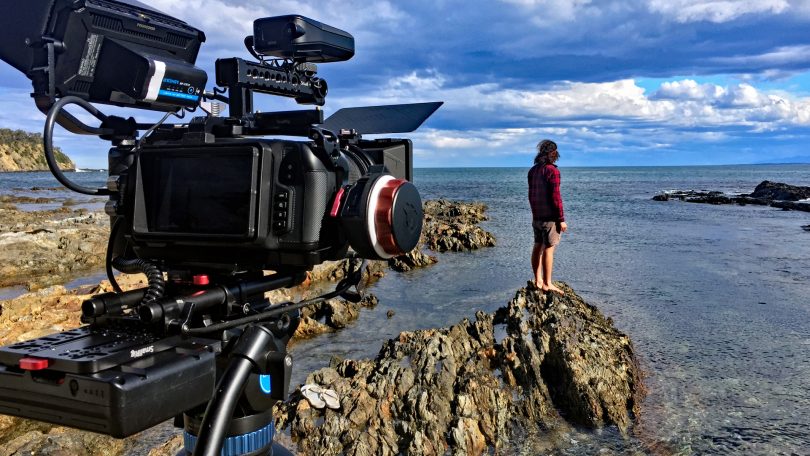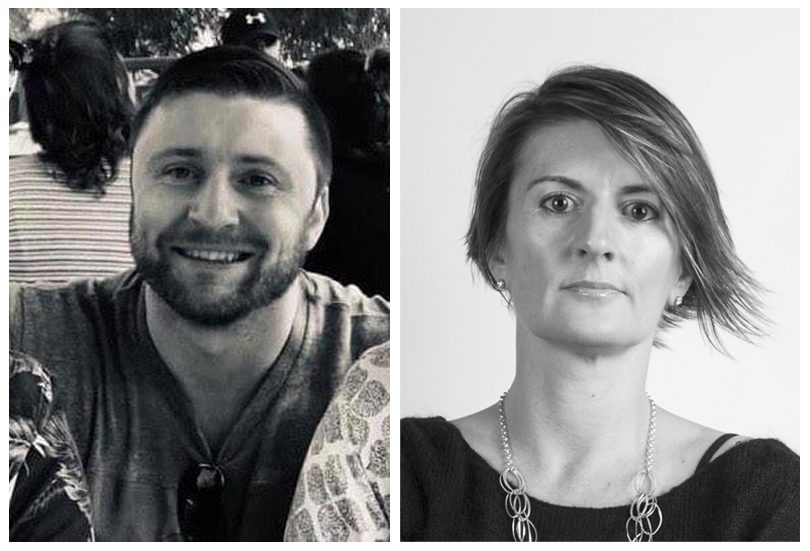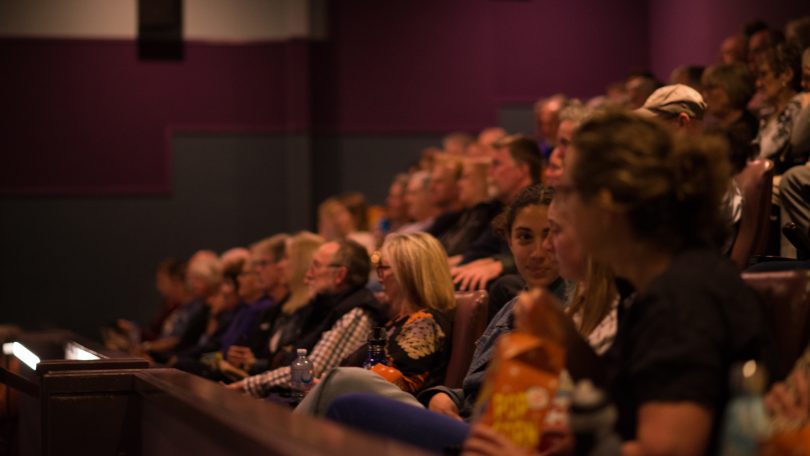
The Far South Film Festival celebrates regional and rural perspectives. Photo: Hiromi Matsuoka.
Following a thorough selection process in which 26 short film entries from regional filmmakers Australia-wide were whittled down to 14, Canberra will be well represented at the upcoming Far South Film Festival.
Googong resident Joshua Koske’s Becoming Emma Braintree and Canberran Georgina Jenkins’s The Girl on the Moon were both selected as entrants for the festival which will be held in Merimbula from 20-22 August, 2021.
It’s a festival that aims to give regional and rural perspectives a voice and place, and the judges largely based their selection criteria on storytelling and sound.
For Georgina, this perspective comes across with her short film’s main character, Luna, an Indigenous girl who is disconnected from country and culture in the most extreme way possible – she is disconnected from Earth.
“It’s something all of us can relate to in some way or another after the COVID-19 pandemic when we experienced that disconnection from the things we took for granted,” she says.
“Luna has never experienced being part of a community or connected to humanity.”
The Girl on the Moon marks Georgina’s directorial debut, although she had previously co-directed with her partner on other films.
She explains that directing solo was a bit of a learning curve.

Short films by Joshua Koske and Georgina Jenkins were selected for the upcoming Far South Film Festival. Photos: Marna Smith.
“It is nerve-racking to have to trust your own instincts,” says Georgina. “Although I do have a wonderful team around me. The experience helped me to have more faith in myself and my own ability to direct.”
The Girl on the Moon story has been in development for more than three years, but the film itself was made in only six weeks using new technology.
Out of around 1800 entrants, the concept for The Girl on the Moon was selected by Epic Games to be made into a sub-five-minute film using Unreal Engine, in which a physical set is placed in front of a LED screen showing virtual environments.
“The physical camera is placed into the space and then it scans the room,” says Georgina. “It really is mind-blowing and we learnt a lot.”
She says it’s often a challenge with short films to explore enough of the character’s emotional place, desires, relationships and obstacles. She likens it to sculpting, where you remove more than you add.
“You discover the story as you remove things and get to the heart of what you want to say,” says Georgina.
As well as being a standalone film, The Girl on the Moon is also a proof of concept for a television series, for which Georgina is now seeking funding from Screen Canberra.
Similarly, Becoming Emma Braintree, Joshua’s haunting film about identity loss, is to be used as a proof of concept for an anthology style series he likens to the “Black Mirror of the human heart”.
The film is based off Aaron Dries’s short story of the same name, and tells of a frontline therapist who poses as the lost loved ones of her clients so they can say goodbye – until she gets too close.
Both Aaron and Joshua are community support workers, and Joshua says their creative ideas tend to come from things they experience day to day.
“When you work in these areas, you spend a lot of time giving so much of yourself to others that you don’t recognise your own needs and it can be easy to lose yourself,” he says.
The entire cast and crew of the short film are based in Canberra, and it was shot in the ACT and surrounding regions such as Murrumbateman.

The 2021 Far South Film Festival short films will be screened at The Picture Show Man in Merimbula and also streamed online. Photo: Sats Kramer.
This year’s Far South Film Festival is set to be held as part of Art Month Sapphire Coast, an extravaganza designed to highlight all things artistic, including live music, dance, theatre, cabaret, walking tours and cultural experiences.
Both Georgina and Joshua say their selection has been particularly poignant given it will be one of the first film festivals they’ll be able to attend in more than a year.
“It really is all about meeting and connecting with people,” says Joshua.
For more information, head to Far South Film Festival.












